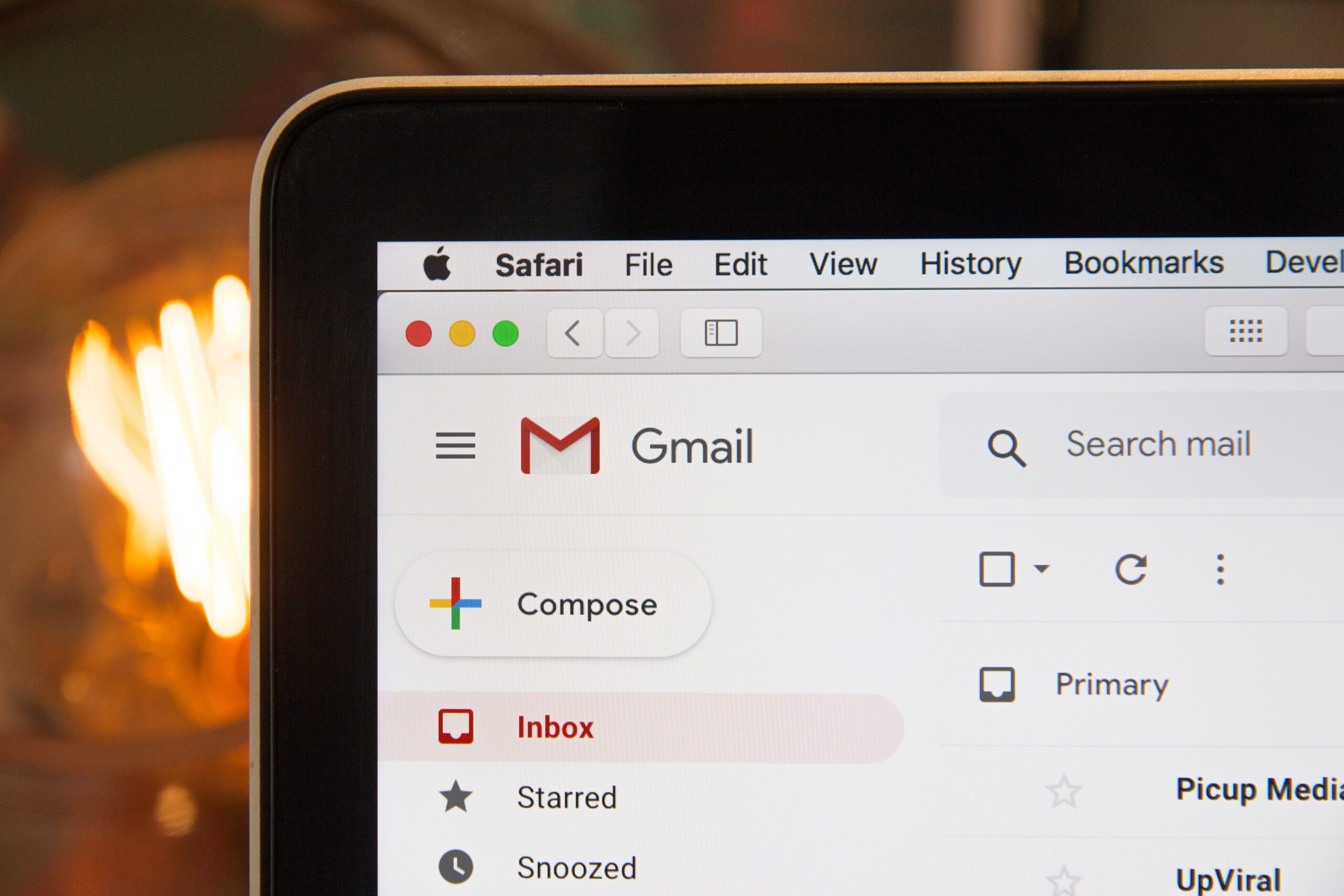Websites that convert were the furthest thing from my mind when I built my first website back in the mid-1990s when entrepreneurs like myself were jumping on the internet bandwagon. When I say it was terrible, I’m not being modest. It was awful.

From a design aesthetic, it was passable and rudimentary. What made it so bad was that it looked like word soup. I just threw copy into the template, trying to make myself seem like an expert at what I was trying to sell. I thought it was enough that I had a website and that, alone, would bring clients to my doorstep.
In those nascent days of the WWW, very few of us knew what we were doing. We were all learning as we went along, and boy, look how far we’ve come. If I knew then what I know now about websites that convert, who knows where I’d be.
If I could open a portal in time and tell my younger self what she was getting wrong, here’s what I’d say:
Rule 1: Content drives design.
This is the first mistake I see so many companies make. It’s not about having a website that offers bells and whistles, gimmicks, moving parts — all the things that make a website look edgy and worthy of design awards. Websites that convert should be about the user experience, which means the content is in the driver’s seat. The story comes first, and the story should flow in a way that’s intuitive to the reader. That means it’s scannable, with headers and subheads that break up copy blocks. It uses powerful graphics and visuals that support the narrative. Using web fonts, low resolution images, and embedding videos from a third-party host will keep the site loading fast. So, yeah, your site should look great, but that’s the result of kick-ass content, not design-driven functionality.
Rule 2: It’s not about you.
The gap between selling and conversion isn’t a fine line; it’s a canyon. The biggest mistake I made back in the day — one too many companies are still making today — is making my website all about me and what I had to offer.

That began with the look and functionality of the site, which catered to my aesthetics rather than my target audience. It carried over into the copy, where I talked about myself so much that I failed to impress myself. I can only imagine how unimpressed my target audience was by me.
Websites that convert are about building relationships with your audience. So just remember that your website isn’t about you; it’s about your audience. So …
Rule 3: Know your audience.
Whatever it is that you have to offer, it’s very likely not a one-size-fits all situation. Most products and services aren’t. So knowing who it is that benefits from your brand’s offering is essential. It goes beyond demographics like gender, age, and geography. Knowing what it is that keeps them up at night, what gets them excited, and their hopes and dreams for the future — these are the things that let you connect to your audience. Create an ideal customer avatar (ICA), also known as a buyer persona, and you’ll be able to have conversations with your audience that build lasting relationships.
Rule 4: Solve their problem.
Solving your ICA’s problem is the difference between selling and conversion. The most successful brands are the ones that know how to build relationships by helping solve their customers’ problems.
Now, by ‘problem’ I don’t necessarily mean they’re in dire straits. Their problem might be not enough time to get everything done. Feeling stressed out by the pressures of work and life. Not being sure what they want to do with the rest of their lives.
Apple doesn’t sell mobile phones. They help people stay connected to their loved ones around the world, capture moments in time to be saved in their photos, learn something new via podcasts while on the go, or strike up a spontaneous dance party by sharing their playlist via Bluetooth.
Likewise, you, my friend, aren’t selling a product or service. You’re offering a solution. Maybe that’s helping your ICA manage their time so they can hit the goals at work without missing a minute with their family. Showing your ICA how to manage their stress through meditation. Coaching your ICA into finding the intersection of their passion, talents, and experience to launch the next phase of their career.
Websites that convert are websites that solve problems for their audience, so don’t sell. Offer solutions.
Rule 5: Tell a (scannable) story.
Once you have your ducks in a row, it’s time to get your copy in place. If you’re a service provider, your website should have a home page, an about page, and a services page. Ofer digital programs or products? Then you should have sales pages for each of those programs or products. And if you’re selling products like clothing, jewelry, or fine art, your website should have shop pages.
Regardless of who you are and what you’re offering, the narrative should be:
- more about your ICA than it is about you;
- broken up with SEO-rich subheads and crossheads to make it scannable, digestible, and easily crawled by search engines;
- have calls to action sprinkled throughout;
- incorporate proof bars (also known as testimonials) on every page.
Rule 6: Get them on your list.

Obviously, your top goal is to make a sale via your website. But what’s equally as powerful is capturing email addresses. Your website should be designed to do just that, whether it’s by giving away complimentary consultations, offering free downloads, or getting someone to sign up for your newsletter.
Getting an email from a potential customer is an invitation to build a relationship. And while you may have thousands of followers on social media, you’re just renting that real estate. Ever-changing algorithms can negatively impact your visibility, hackers can get your account locked, and platforms can go down. You own your email list, and that lets you control the message.
Want some help writing or building your website? Contact me and let’s see if we can work together.



